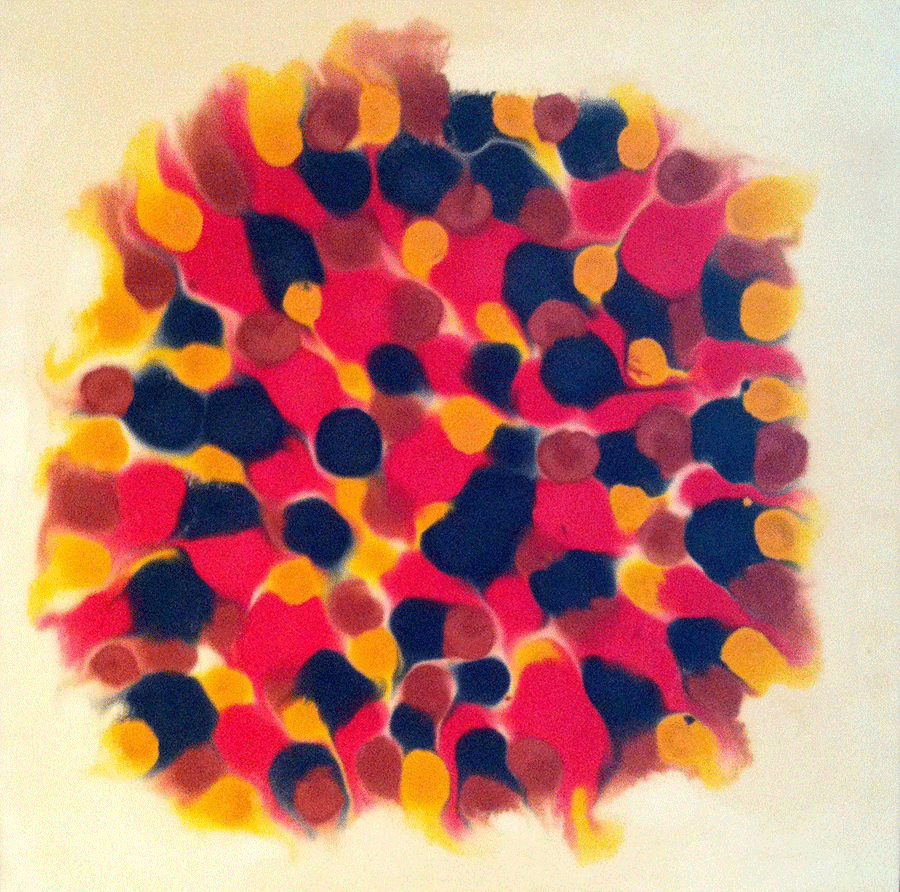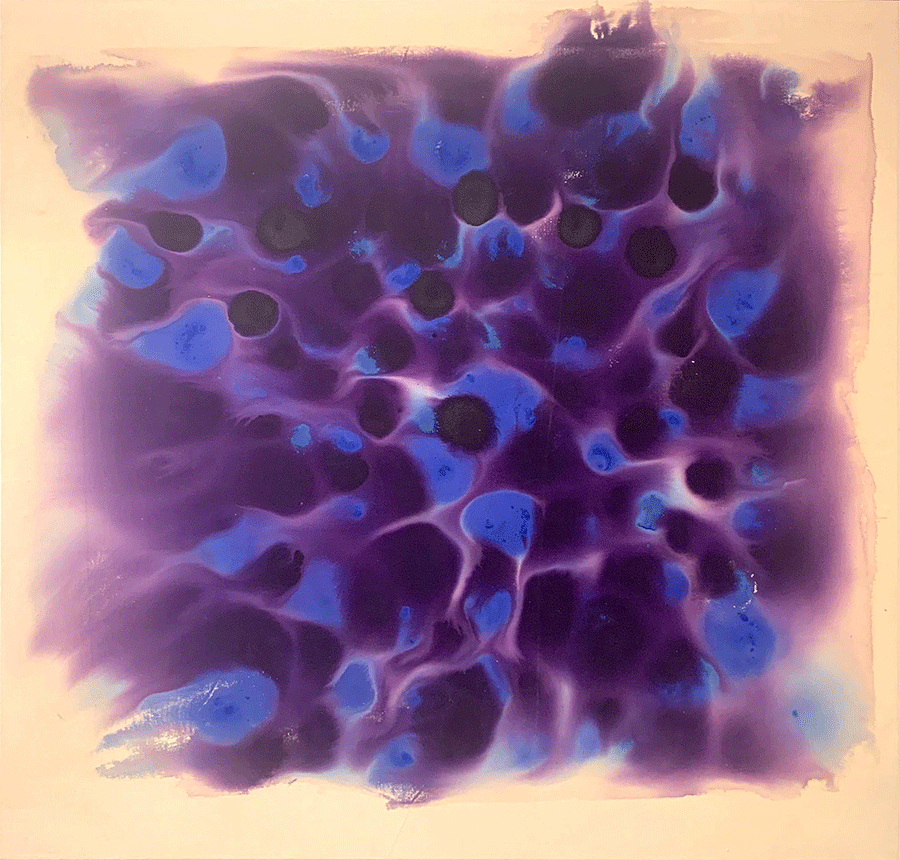Contact Us
Media Inquiries:
AU Communications
aumedia@american.edu
202-885-5950
American University Museum
4400 Massachusetts Ave NW
Washington, DC 20016-8031
United States
Kenneth Victor Young: Continuum
April 6-May 26, 2019
Curated by Dexter Wimberly
Presented by the Alper Initiative for Washington Art



